Hurting and Healing
First Australians
Colonisation of the Toodyay district from the early 1830s resulted in many of the original inhabitants forcibly displaced from their own lands. Many suffered from introduced European diseases for which they had little immunity.
In 1884 a severe measles epidemic broke out among the local Noongar folk with dire consequences.
Noongar health was then - and is today - grounded by cultural connections to Country.
Today there continues to be a disruption to Noongar people’s lives through the ongoing separation of the people from their land. Currently the prevailing issue for Noongar people is the gap between their general health compared with other Australians.
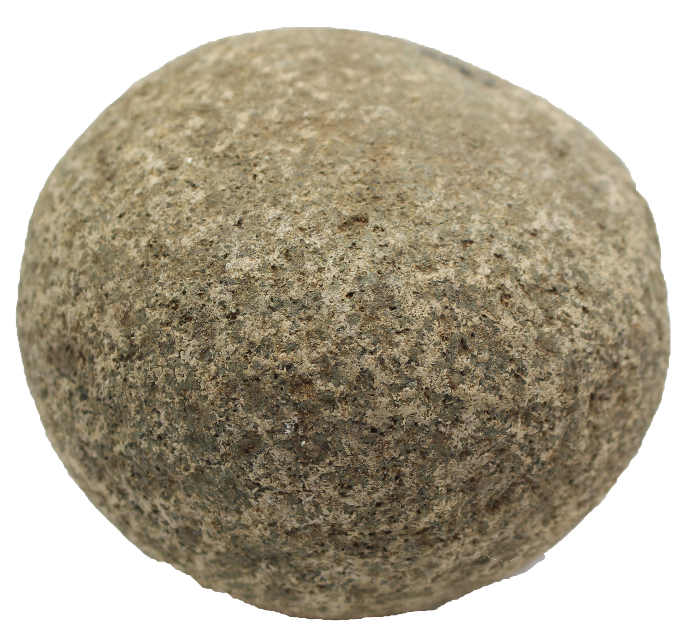
Spherical grinding stone, unknown provenance 2004-13
Restoring and maintaining Noongar health can include traditional practices such as Bush Medicine. However, it can be difficult today to access traditional plants. Trade of material between areas has allowed some bush medicine practices to continue.
Healing for Noongar people includes addressing both the spiritual and the physical aspects of health.
Toodyay Hospitals
Convict Depot Infirmary
In 1854 an infirmary was built at the Toodyay Convict Depot.
It was a long hall-like structure, based on the standard barracks design. In 1872 the Depot closed for the last time and the infirmary was put to use as a Colonial Hospital.
In 1895 a new hospital was constructed further up the hill on Henry Street West at the top edge of town. The old building remained unoccupied until 1907 when it was used to quarantine several cases of Diphtheria. It was then refurbished as an isolation ward, with a fence being erected around it in 1908.
After its use for infectious diseases tapered off it became a drill room and store. It was demolished in 1958.
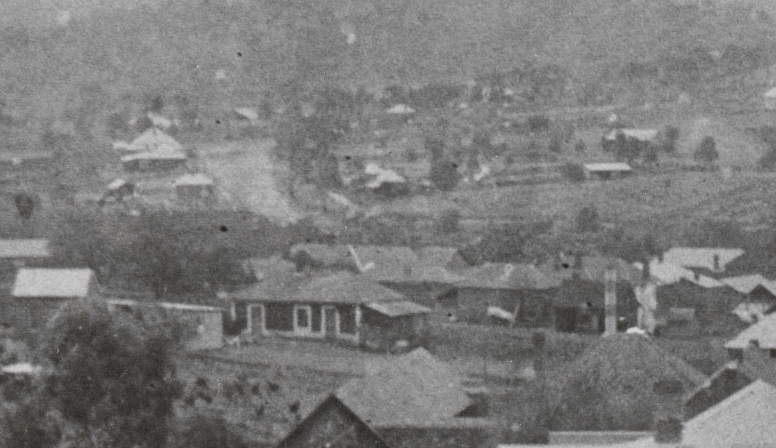
The old hospital with its white framed doors Courtesy: State Library of Western Australia 3793B_2 (detail)
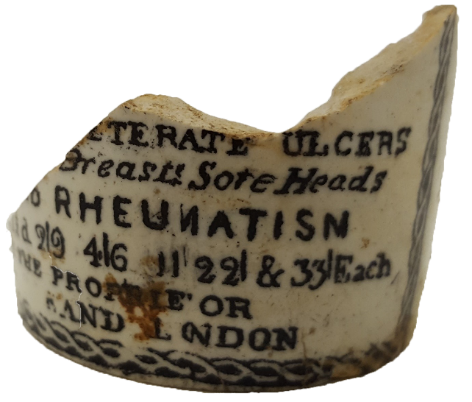
Fragment, Holloway's ointment jar c1860s. Found amongst earthworks at the Newcastle Gaol in 2008. This ointment was a popular universal cure for a number of ailments including gout and a sore head. 2012-17
Private hospitals
In early newspaper articles there are mentions of private hospitals in the Toodyay District but little is known about them at present. One intriguing advertisement in 1905 mentions a new innovation, a maternity hospital.
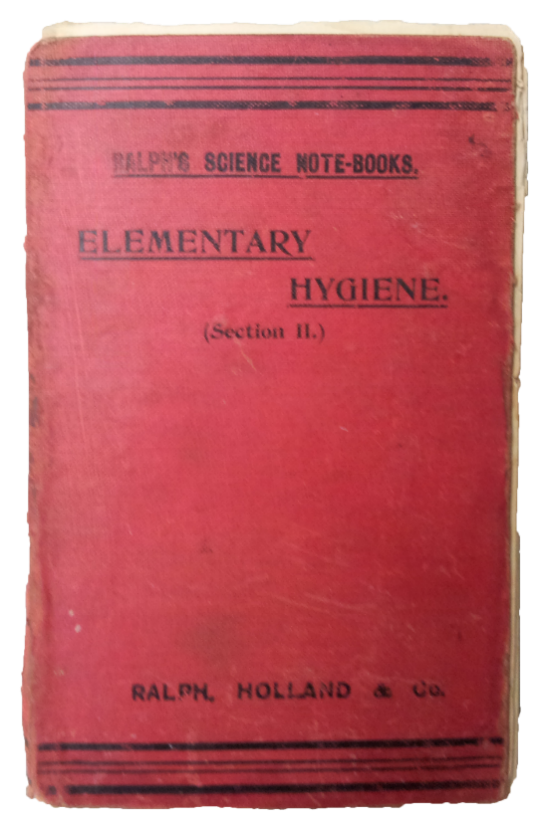
Medical text book from 1901 2000-14
Toodyay/Newcastle* District Hospital 1895 – 1940
*Name changed to Toodyay in 1910
The new hospital at Newcastle opened in 1895. It had two wards with 8 and 3 beds.
However, in 1902 the Government closed the hospital because of ongoing costs.
After community pressure the Newcastle Hospital re-opened in 1904. A ward of three beds was set up for the care of emergency cases. In 1910 the Newcastle Municipal Council took over running the hospital and a Hospital Committee was formed.
Matrons were employed by the Committee to manage the hospital’s activities.
Expenses continued to rise and, in spite of ongoing fundraising efforts by the community, the Public Health Department finally closed the Toodyay Hospital in 1940.
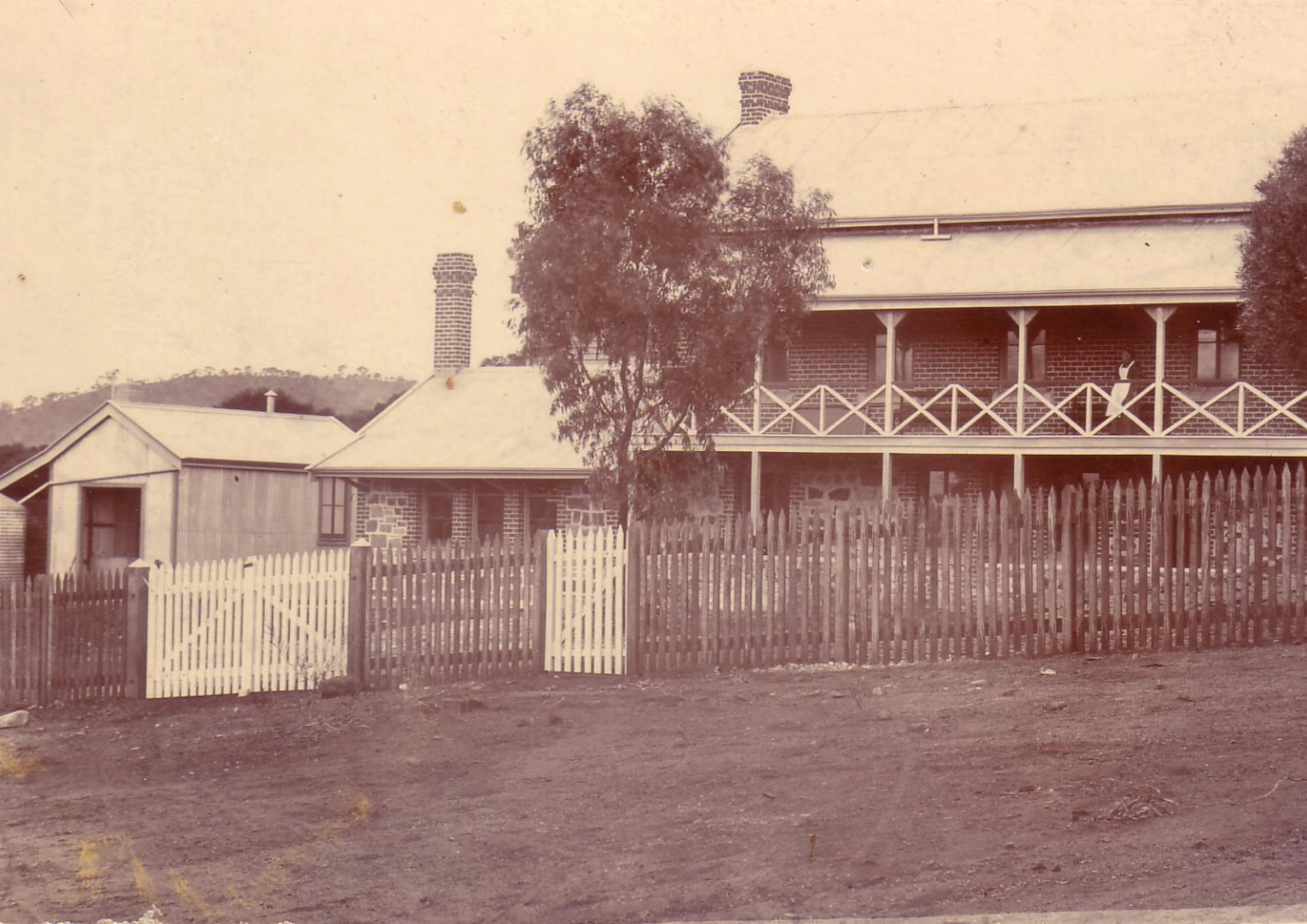
Newcastle Government Hospital, c. 1895 (shortly after opening) Courtesy: Toodyay Historical Society
Matrons at the Toodyay District Hospital
When the Newcastle Hospital re-opened in 1904 it was under the management of Matron Mary Josephine Hampshire. By this time matrons were usually qualified nursing staff.
The Toodyay District resident doctor supervised the treatment of patients under the care of the matron. However on the occasion of the absence of a local doctor (which happened during the First and Second World Wars)the matron at the Toodyay Hospital often found herself the primary emergency medical care giver for the community.
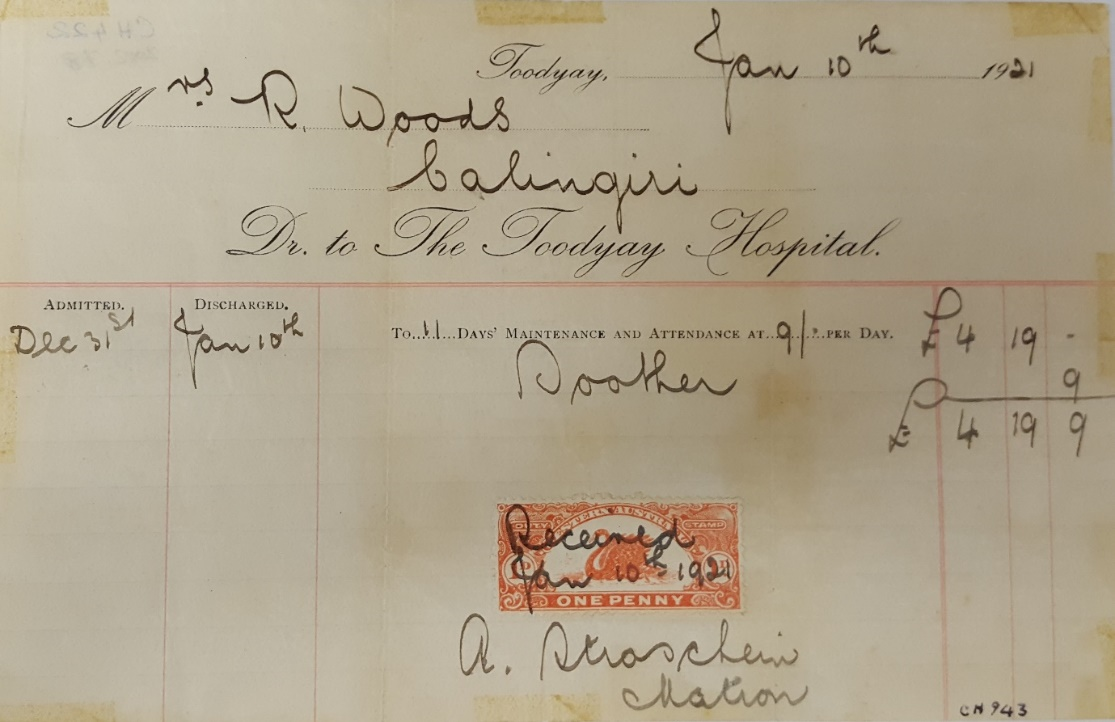
Discharge note signed by Matron Annie Stroschein who worked at the Toodyay Hospital from 1921-22. Annie resigned to get married to Milton Wroth on May 31st, 1922 2012.78
Nurses
In 19th century Australia nursing was an occupation undertaken by both men and women, but by the turn of the 20th century nursing had largely become a feminised occupation.
Nurse training schemes were introduced in large and smaller hospitals but they lacked uniformity for decades. Regulation of the profession finally came to Western Australia in 1921. Often nurses working in smaller regional hospitals, such as at Toodyay, would be employed as ward assistants and learn on the job.
Nurses generally lived in separate quarters at the hospital site. During the 1930s the wooden building from the old Convict Depot Infirmary was moved up to the Toodyay Hospital site for the use of the nurses. If a young nurse married she was expected to resign from her position.
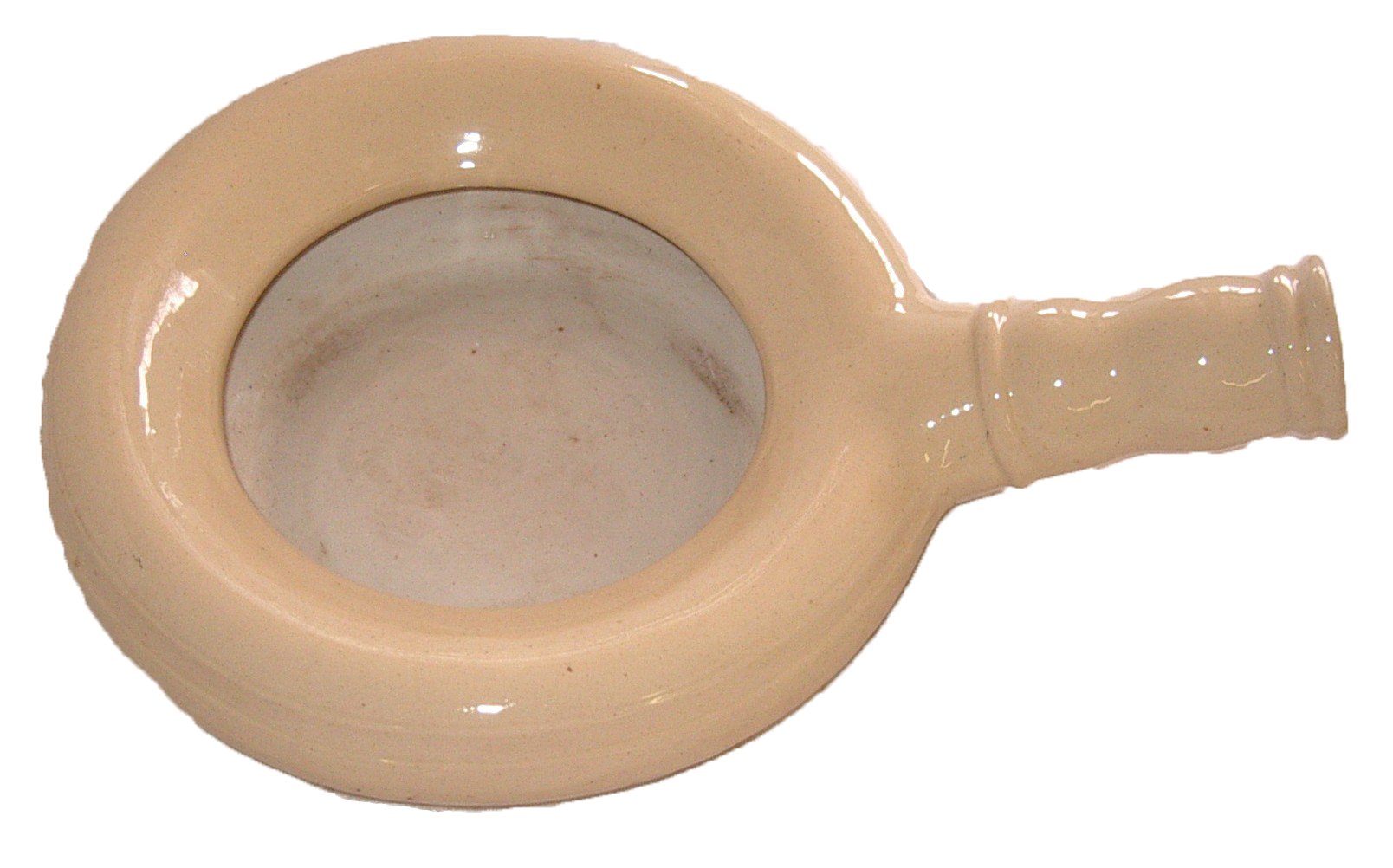
Bedpan, ceramic. Used for toileting by bedridden patients 2005-71
Silver Chain Nursing Association
In 1905 the home nursing organisation, Silver Chain, was formed to care for disadvantaged children of Perth. Over the years its service has expanded to include people of all ages who are home-bound.
Toodyay’s first Silver Chain nurse commenced duties in 1977. Her name was Mrs Jean Hiosan and she remained in the community for 9 years.
By 1986 the service had grown from one nurse one day a week to two nurses working 7 days a week with two other nurses covering Bolgart. In 1995 the Silver Chain nursing bases in Toodyay and Northam amalgamated to form the Avon Silver Chain. Today services continue from the Alma Beard Community Health Centre.
Toodyay Doctors
Dr Alfred Green was the first Resident Medical Officer for the Toodyay District. In 1856 he was based at the Toodyay Convict Depot Infirmary. He was dismissed after a patient allegedly died from neglect while the doctor was drunk.
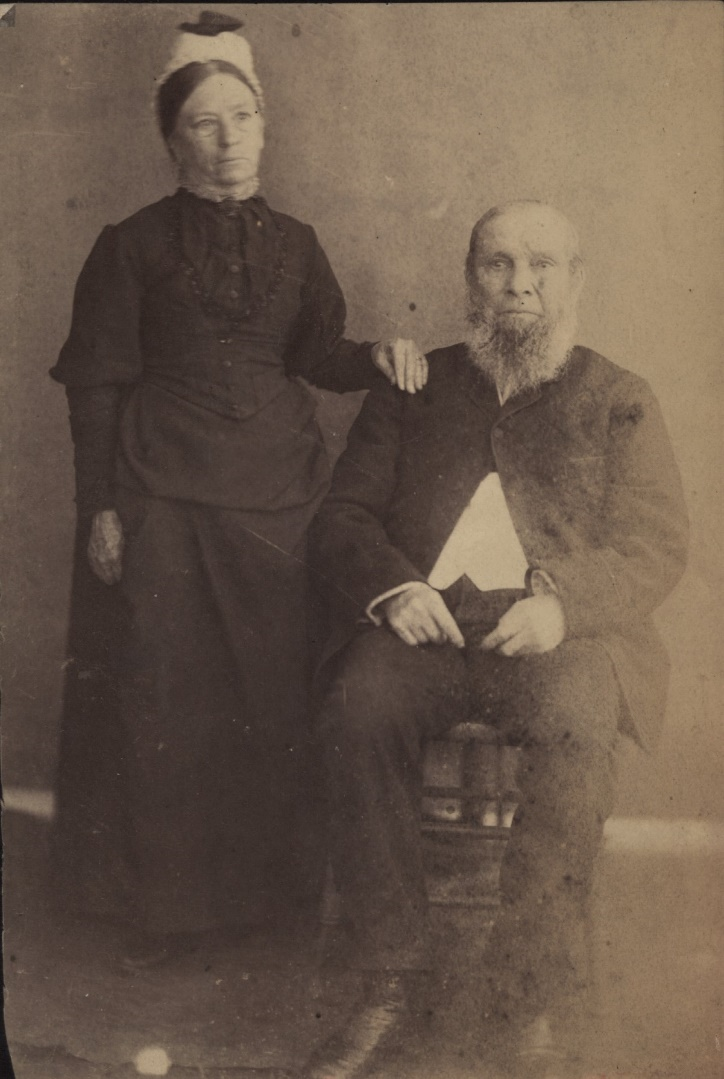
Dr Alfred Green in later years and 2nd wife Maria 2001-1157
Dr Arthur Edwards Growse followed and seemed to be of a much better character. He was hard working and respected. When the Convict Depot closed in 1872 he was transferred to Guildford; however he returned to Newcastle (now Toodyay) four years later as resident doctor. Unfortunately Dr Growse died suddenly the following year, aged 45, after going out twice at night to tend to his patients.
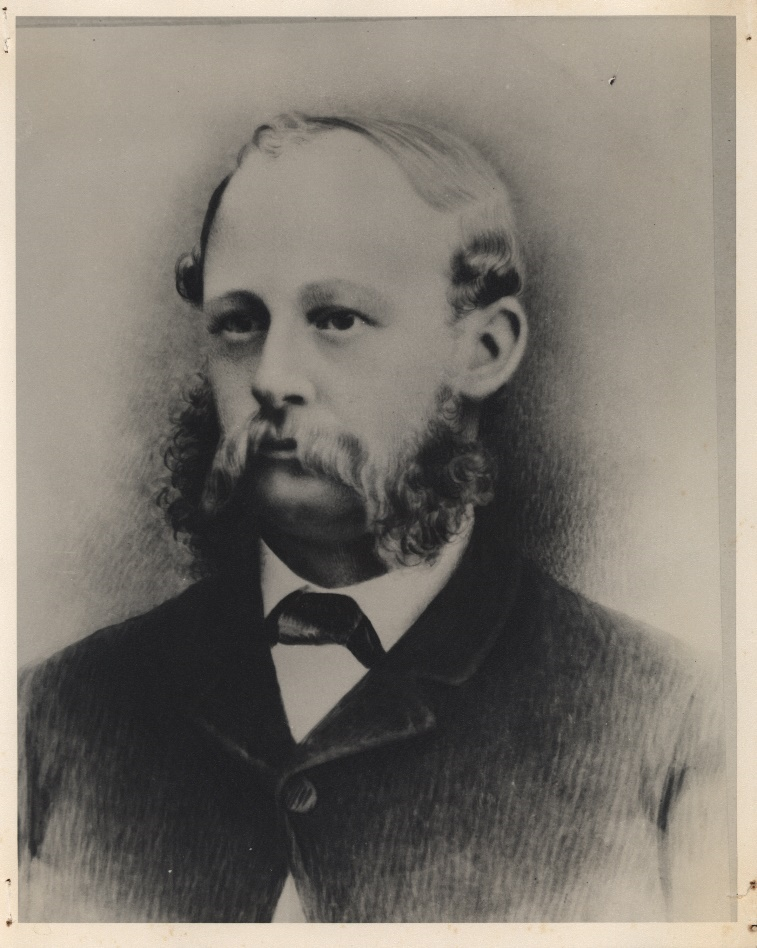
Dr AE Growse 2001-1214
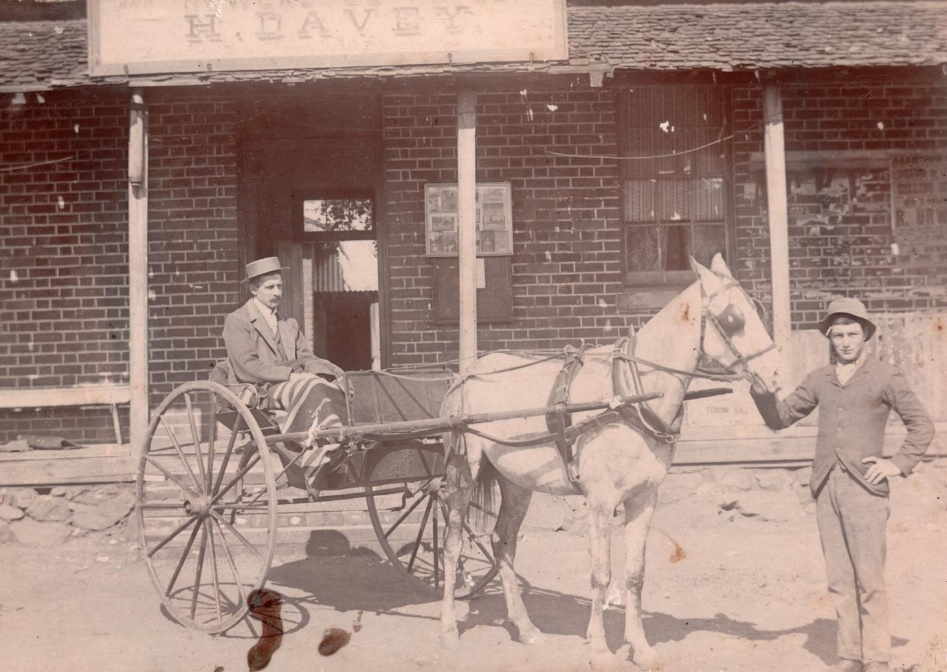
Dr. Sommerville Boulnois Davis, the Toodyay district Resident Medical Officer 1895-1896, in his buggy outside the Freemasons’ Hotel, Newcastle. Courtesy T. Newton collection, Toodyay Historical Society

Illustration printed on triangular instructional bandage, early 20th century Shire of Toodyay local history collection
Dr Patrick O’Reilly became Toodyay’s longest serving resident doctor between 1952 and 1977.
Before Toodyay was connected to the state power grid in 1955, the local generator only supplied power between 4pm and 12.00am. Not all babies timed their arrival conveniently before midnight. One night Dr O’Reilly found himself tending to a birth at his surgery in the dark while frantic efforts were being made elsewhere to restart the generator down at Connor’s Mill.
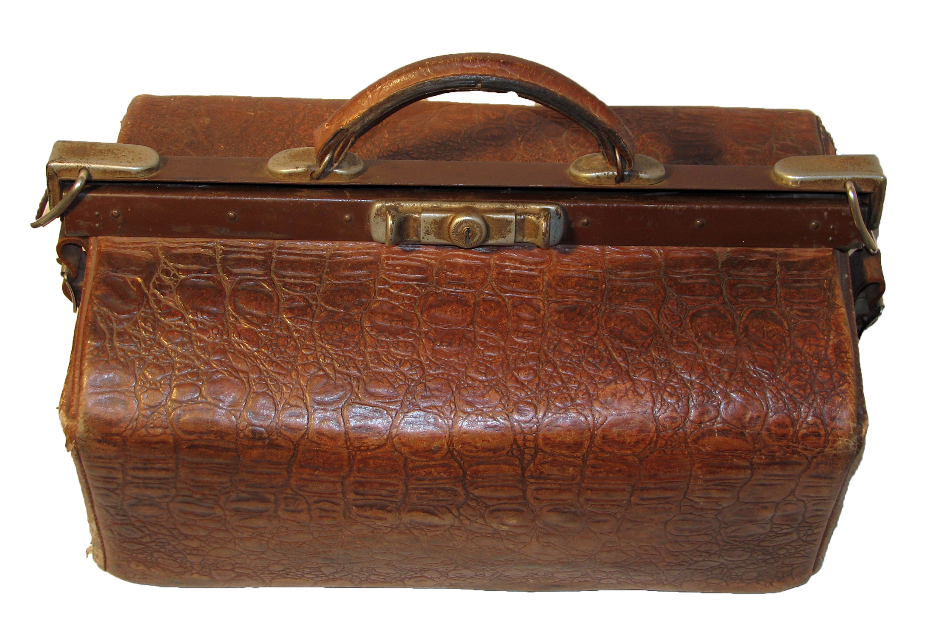
Gladstone bag, history unknown. Similar bags were often used by doctors 2001-231
Dr Richard Howell Brent Walkey came to Toodyay in 1991. He was highly regarded for his commitment to his patients. Dr Walkey expanded the range of allied health services at Toodyay and was a respected benefactor to the Community. Every Christmas his surgery was beautifully decorated and gifts were collected from his patients for distribution to struggling members of the community. Dr Walkey left Toodyay in 2011 to start a practice in Wongan Hills.
Following his death in 2013 he was awarded the Order of Australia for service to medicine.
Midwives
In 19th century Australia most non-indigenous women chose to give birth in their own homes. Often they were attended by a local midwife, with no formal training. She would generally be a trusted member of the community with practical experience.
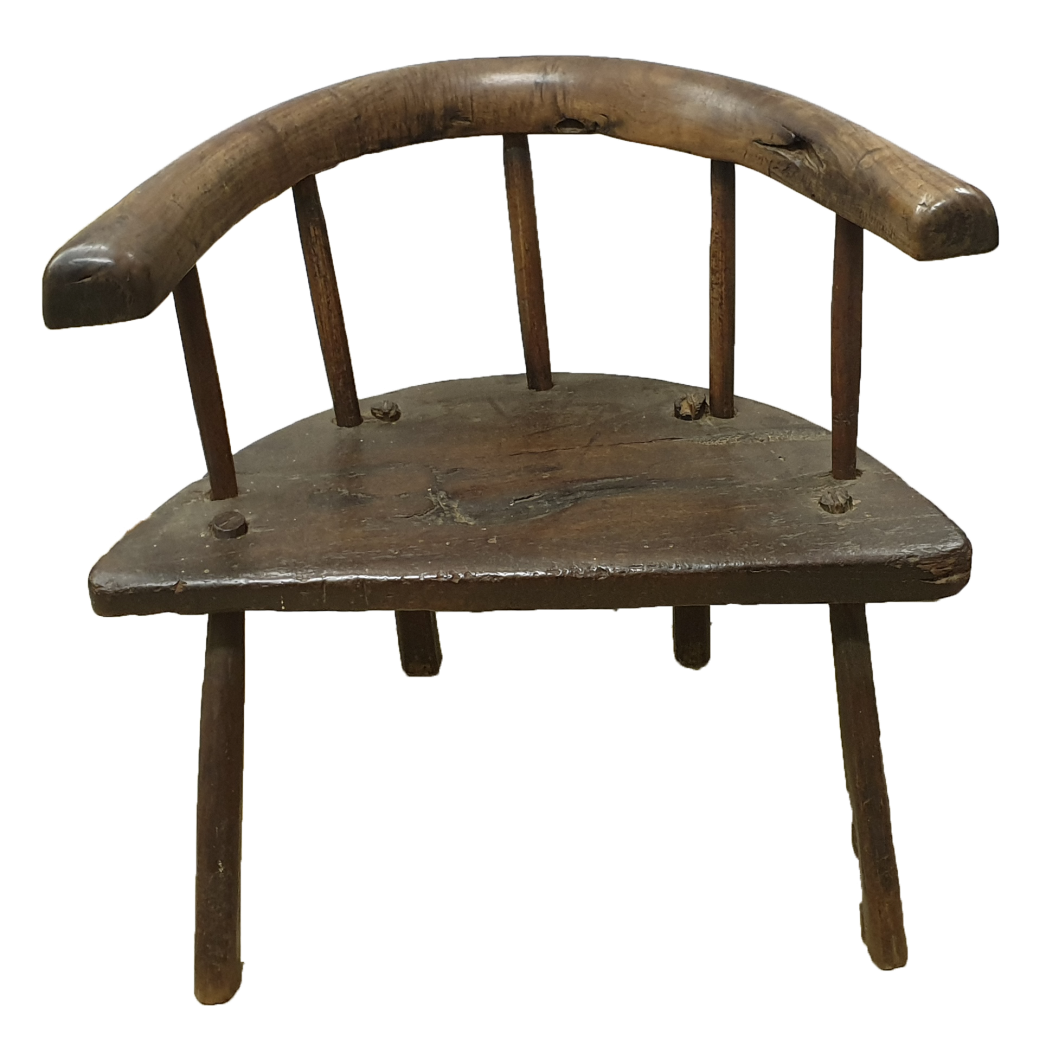
Nursing chair 1853, naturally curved York gum limb fitted to jarrah stays and seat.
Made by William Syred Jnr from Bejoording near Toodyay for his wife Frances and their first born child. William and Frances went on to have 10 children. 2010.2
In 1911 a revised Western Australian Health Act was proclaimed which called for the registration and control of midwives. On the very first 1913 Register of Midwives in Western Australia were seven women from Toodyay, including Doris Durlacher, Mary Waters and Martha Chitty.
Doris Durlacher (1870 – 1942) moved to Toodyay in the early 1900s. She became well-loved in the district for her generosity and midwifery skills. During her career she reportedly brought 190 babies into the world and only lost one.
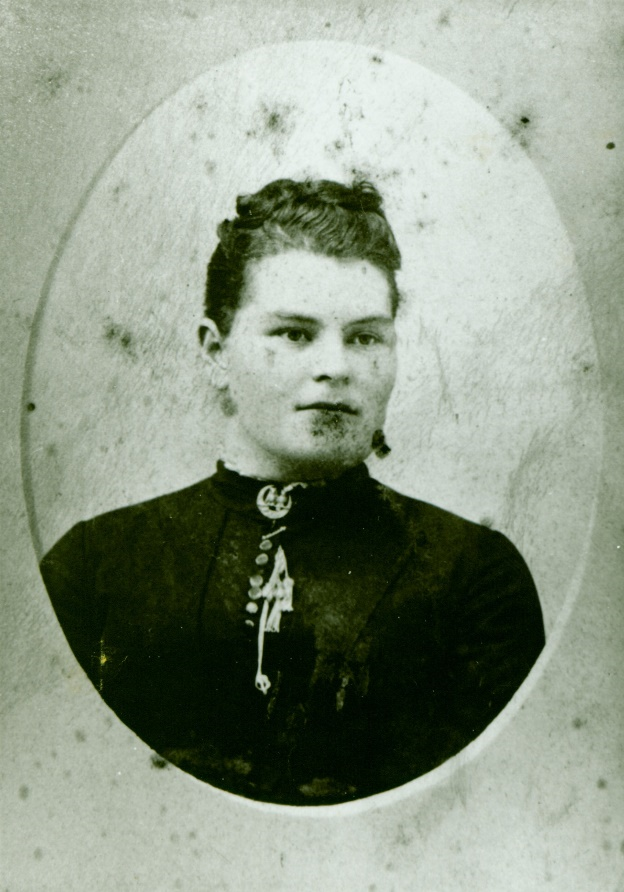
Doris Durlacher 2001-1341
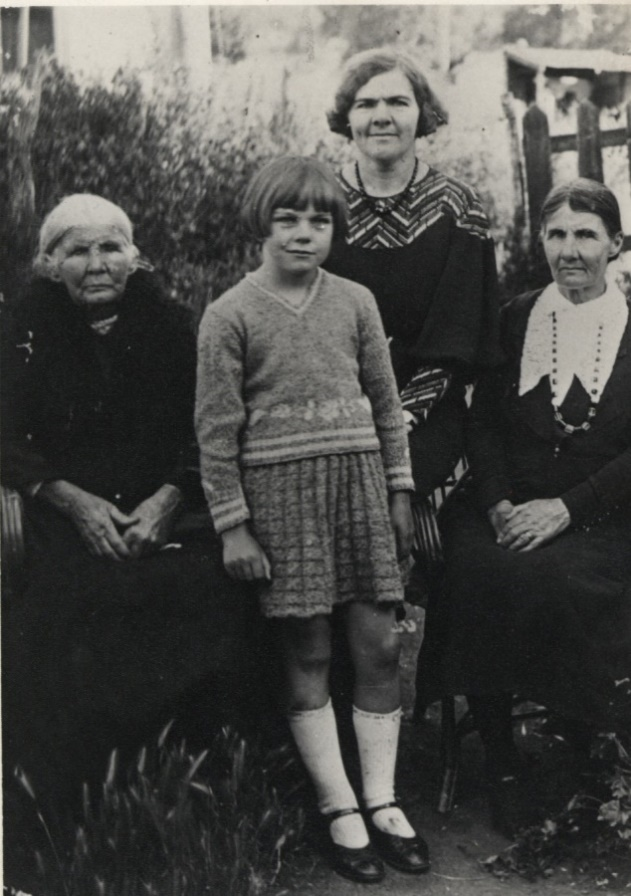
Martha Chitty on the left in 1933 with eldest daughter Lottie, her daughter Ailene and her daughter Beatrix 2014-248
Dental Care in Toodyay
To begin with the availability of dental care for people living in the Toodyay district was spasmodic at best.
In the very early years amateur tooth-pullers were called upon to bring relief to desperate sufferers. Blacksmiths, dubbed “fang farriers”, became traditional practitioners. Among the first recorded in the Toodyay district are Abraham James and William Wood.
Dental surgery could include care of the diseases of the teeth, plus treatments of cleft palate, deformities of the jaw & irregularities of teeth. Mechanical dentistry involved the construction of artificial teeth and their adaption to the mouth. In 1877 Mr T Davis, Mechanical Dentist, also offered to tune and repair pianofortes and harmoniums.
The first legislation dealing with dental care in WA was introduced in 1894. Visiting dentists continued to run periodical surgeries at venues around Toodyay, including the chemist and the Victoria Hotel. As the 20th century progressed, the regularity of these surgeries increased with the dentists often being based in Northam.
Between 1977 and 1992 the Toodyay Medical Centre operated out of the old Toodyay Club building on Stirling Terrace.
In 2005 Dr Michael McGuinness established the Toodyay Dental Clinic in premises further along Stirling Terrace next to the Library. In 2016 he was made a Member of the Order of Australia for his services to dentistry and to the community of Toodyay.
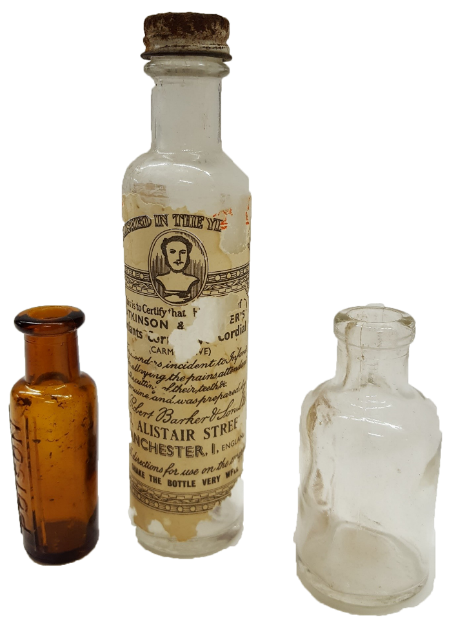
Pharmaceutical bottles from the museum collection 2001-566, 2001-609 & 2001-610
A female pharmacist for 1920's Toodyay
In 1923 the Toodyay Herald announced the arrival of ‘a real live lady chemist’ to town.
Twenty-four year old Ruth M. Jones, a qualified pharmacist, had opened for business in the main street, in one of the group of shops then known as Ellery’s Buildings.
Just five years earlier there had only been one other female chemist in the State. Born at Mt Barker WA, she went on to marry Reginald Caddy and had one child. She died in 1996 in Perth.
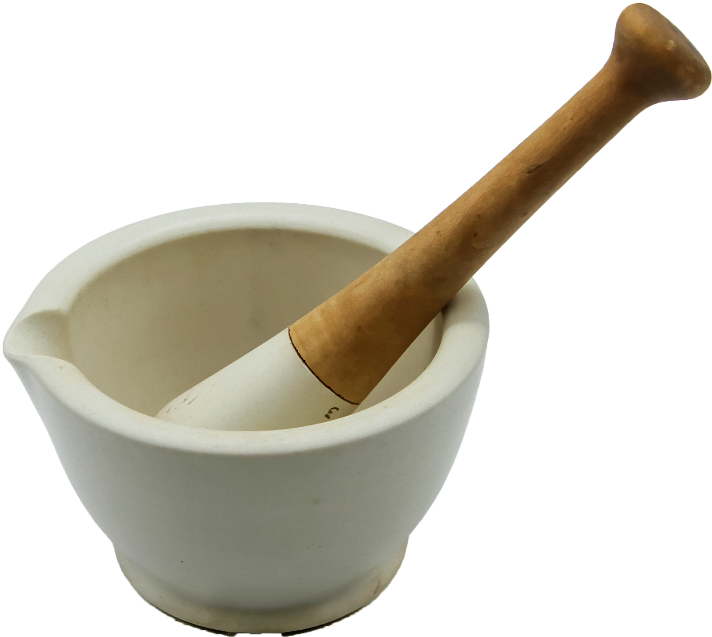
Mortar and pestle, for crushing and grinding medicinal ingredients into a fine paste or powder 2001-474a,b
Sylvia Stretcher
In 1929 a suggestion was made at a CWA meeting that money be raised to provide an ambulance stretcher for the Toodyay Hospital. A Sylvia stretcher (so named after the first patient transported on its prototype in 1926) was duly purchased. The stretcher was suitably engraved and presented to the hospital in September.
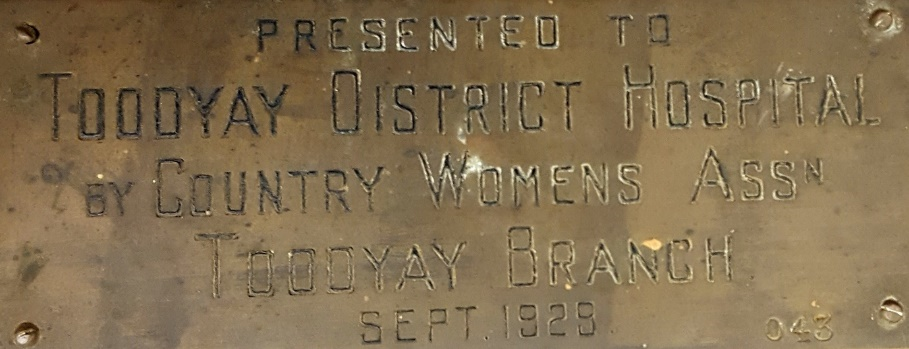
The Sylvia stretcher was invented by Australian nurse Sister Kenny, who later became better known for her work with Polio victims. It differed from the older style of stretcher which consisted of a sheet of canvas stretched over two poles.
The stretcher had a rigid wooden base, a sprung mattress, a box encasement to protect the patient, canvas sides, wheels for mobility and places for hot water bottles. It was promoted as better supporting the patient during transport.
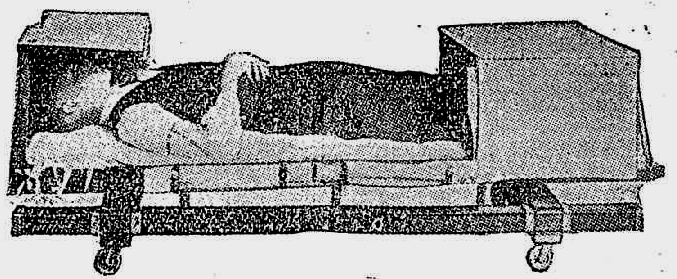
Illustration of Sylvia stretcher from the Daily News 20 March 1929 Courtesy: Trove
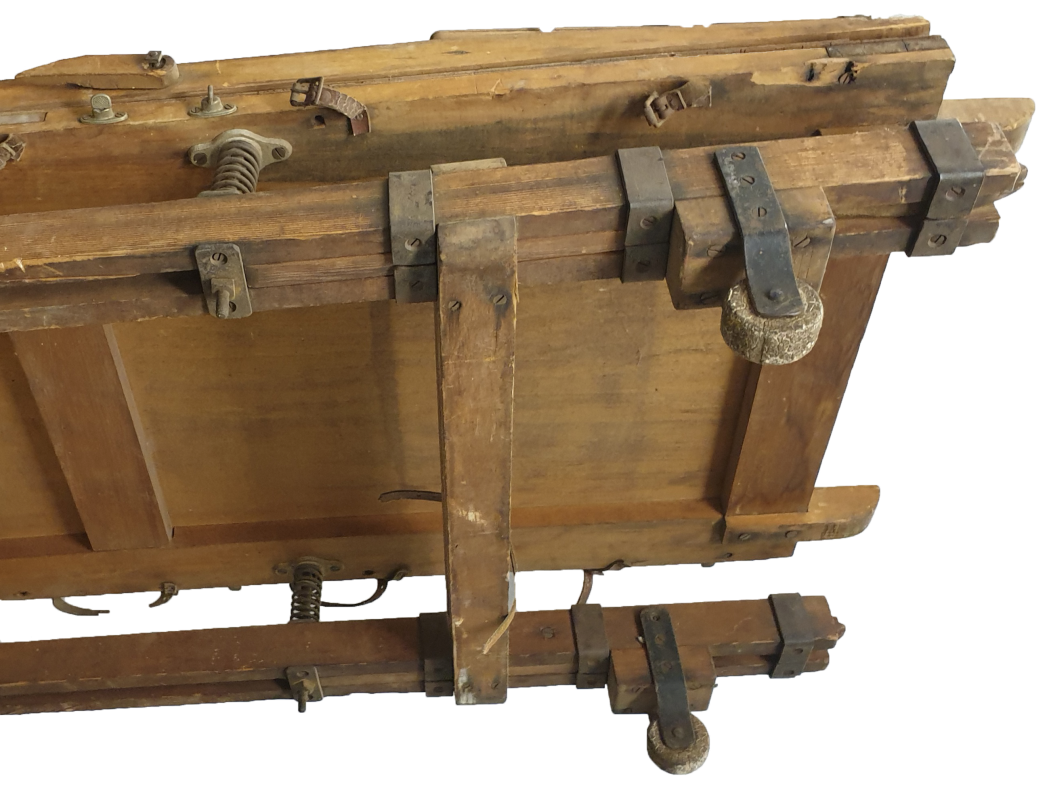
Underside of Sylvia stretcher showing fitted spring Shire of Toodyay local history collection
It became apparent over the next few years that the Sylvia stretcher was too cumbersome for routine use. The enclosed design prevented continuous observation of the patient. Also with the advent of modern motorised ambulances with improved suspension, the springs on the stretcher itself became unnecessary.
In 1939 it was resolved the stretcher should be kept at the Fire Station to be always available when needed. In 2002 it was documented as part of the Newcastle Gaol Museum collection.
1931 Toodyay School Bus Crash
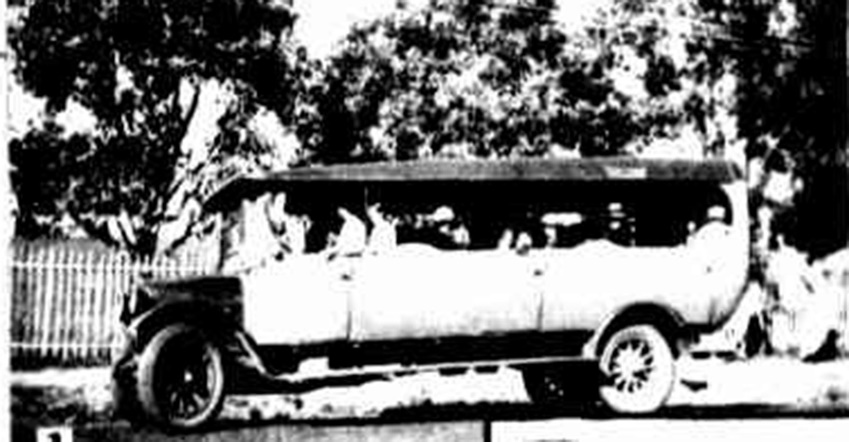
The regular Coondle-Culham school bus in 1930. Courtesy: Trove
On 6th August 1931 the Coondle-Culham school bus, packed with 34 students travelling to the Toodyay State School, was hit by a train
Five children were killed and twelve more were injured, several seriously.
It was a foggy morning and a steam locomotive pulling 25 empty wagons had just left the Toodyay railway station (located further east than it is today) heading for Piawanning.
The bus, a charabanc, had a soft top and rows of seats accessed by doors on the side. After the collision it was pushed along the track by the train and became wedged against wooden barriers connected to a cattle grid next to the road crossing.
The accident deeply affected the Toodyay community. For many grieving family members, survivors and those who witnessed the crash this traumatic event affected the rest of their lives. A memorial stone, placed near the site of the accident, was unveiled on 17 July 2018.
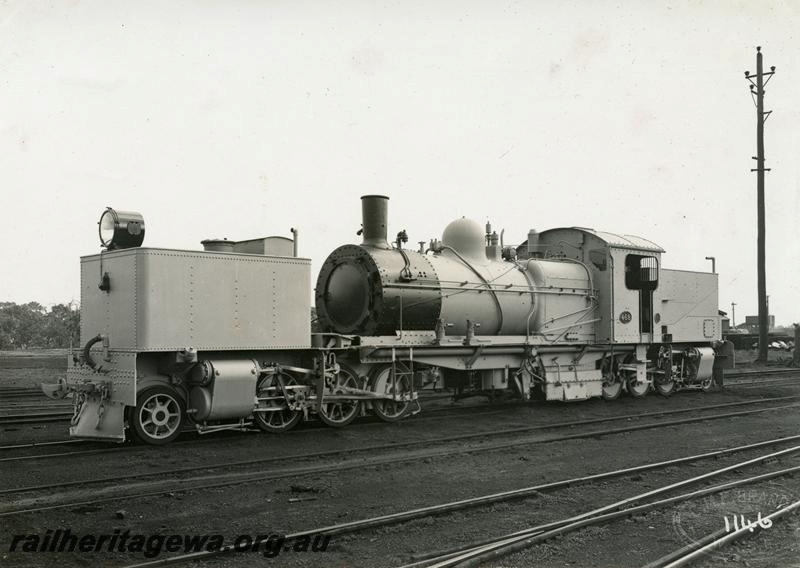
MSA locomotive, the same type that was involved in the collision Courtesy: Rail Heritage WA
Ambulance services at Toodyay
In 1944 the Toodyay Sub-Branch of the St. John Ambulance was formed. Later that year the first ambulance arrived, a Commer. “Toodyay Centre” was painted on the vehicle’s side.
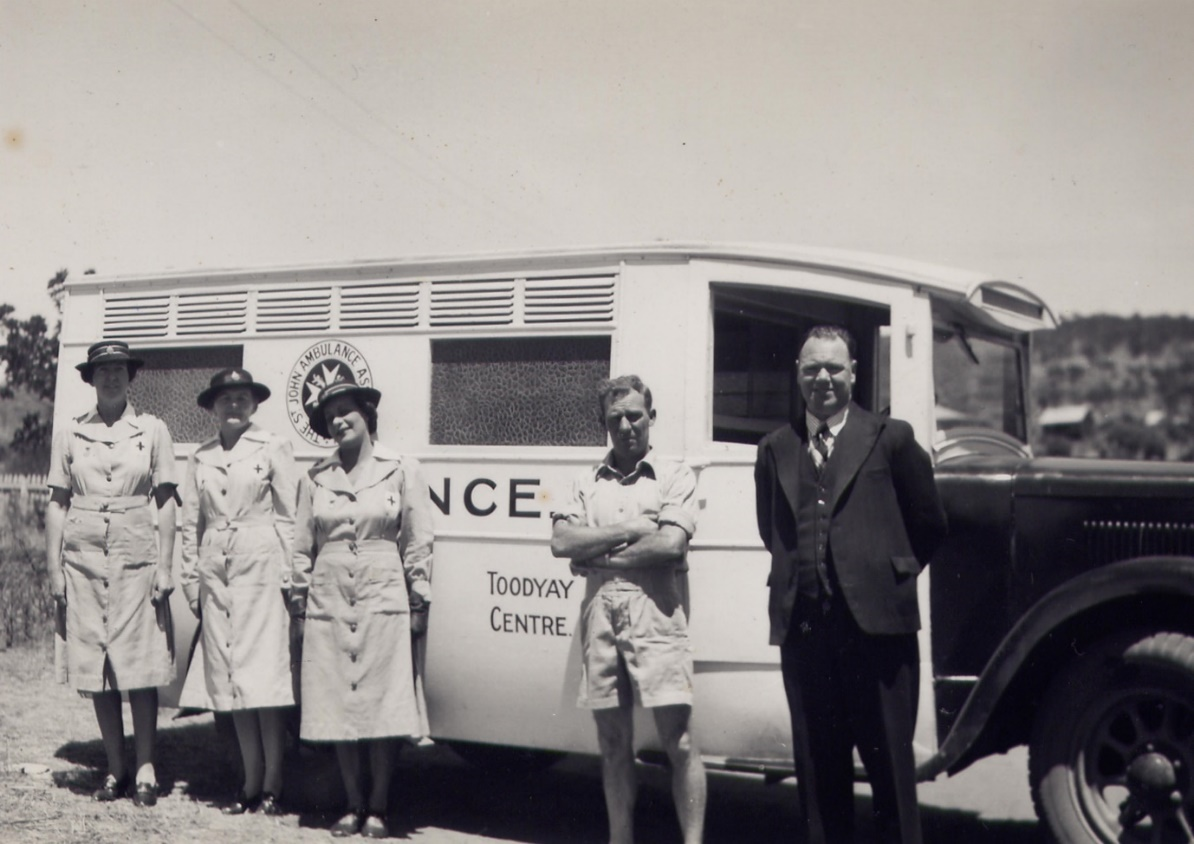
“Toodyay Centre” Ambulance 1940s Courtesy: St John Ambulance, Toodyay and Districts Sub-Centre
In the 1980s the Toodyay Sub-Centre changed its name to the Toodyay-Bolgart Sub-Centre in recognition of the expansion of its role in that town. In 1994 after a satellite centre was established at Morangup the name was changed again to the Toodyay and Districts Sub-Centre.
Over the years the Toodyay Sub-Centre of St John Ambulance has found itself based in a number of buildings including along Stirling Terrace, and also for a while (1960s,1970s) at the former police station building in Duke Street. Today it manages a fleet of five ambulances over three centres.
Many individuals and Community groups, in particular the Lions Club, have long supported the work the St John Ambulance Toodyay & Districts Sub-Centre undertake in this community.
Toodyay Medical Centre 1977 – 1992
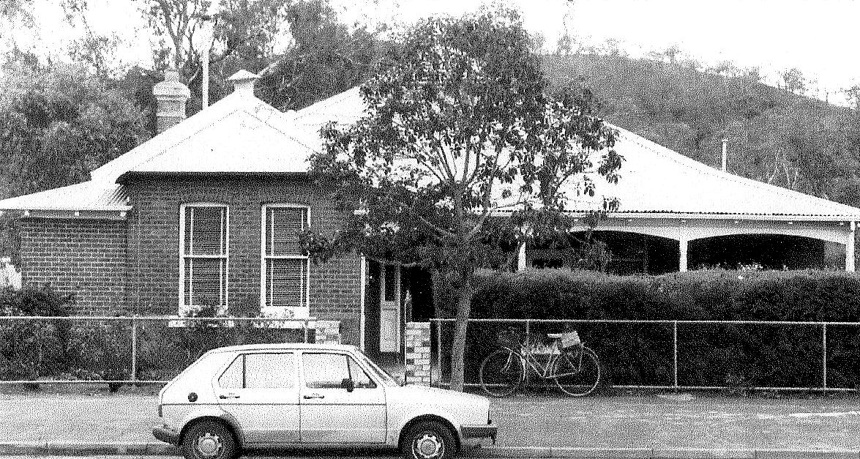
Toodyay Medical Centre ca 1970s Courtesy: Toodyay Historical Society & D Atwell
In 1977 the Toodyay Medical Centre opened in the old Toodyay Club premises (built 1908) at 122 Stirling Terrace, Toodyay.
In August of that year Dr Hadyn Dyer opened his surgery in the medical centre. A dental surgery was set up and Silver Chain used one of the rooms. Also based here over the years were mental health services, ante-natal classes, a parent education program and an exercise group.
Dr Dyer left Toodyay in 1986, leaving Toodyay without a resident doctor. The doctor’s rooms were utilized at various times by visiting doctors including Doctors Bisdee, Boyd and Heard from Northam. Ancillary health services continue to operate from this location.
In 1991 Dr Richard Walkey moved to Toodyay and took over the doctor’s practice in the building. In April 1992 the new Alma Beard Community Health Centre was opened and the health services relocated there.
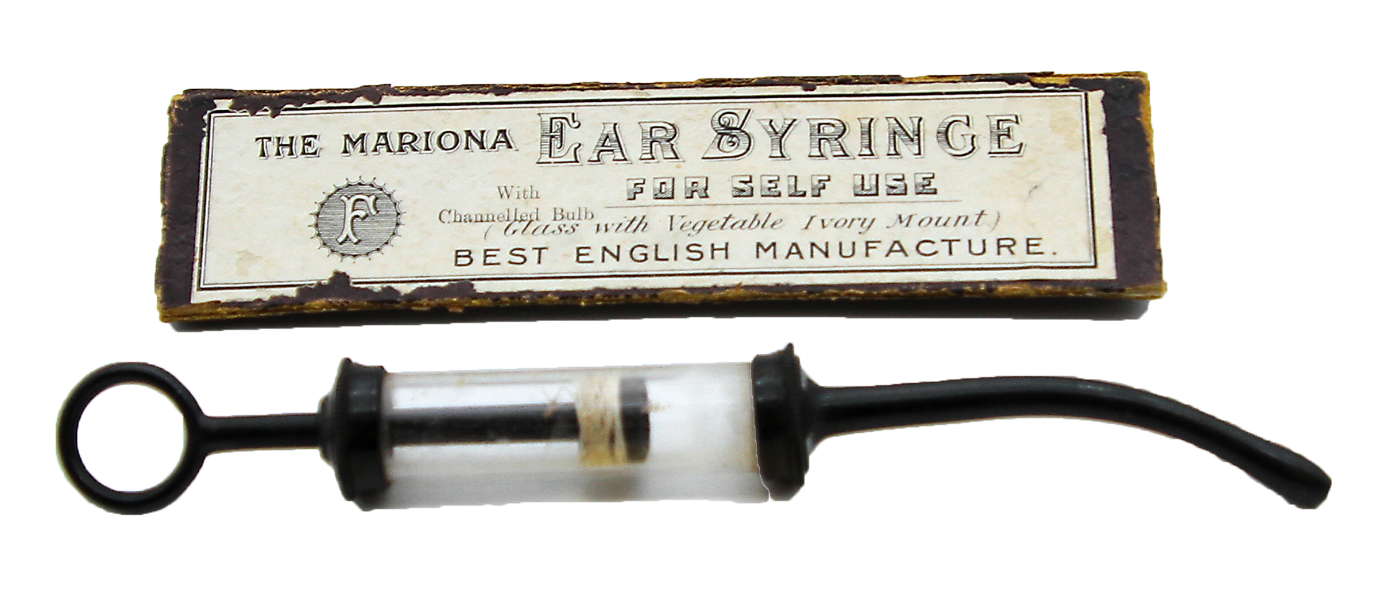
Mariona ear syringe with box fragment 2020-32
Acknowledgement
Our grateful thanks for the ongoing support of the Toodyay Historical Society, through the sharing of historic photographs and other documentary material held by the society, as well as research undertaken.
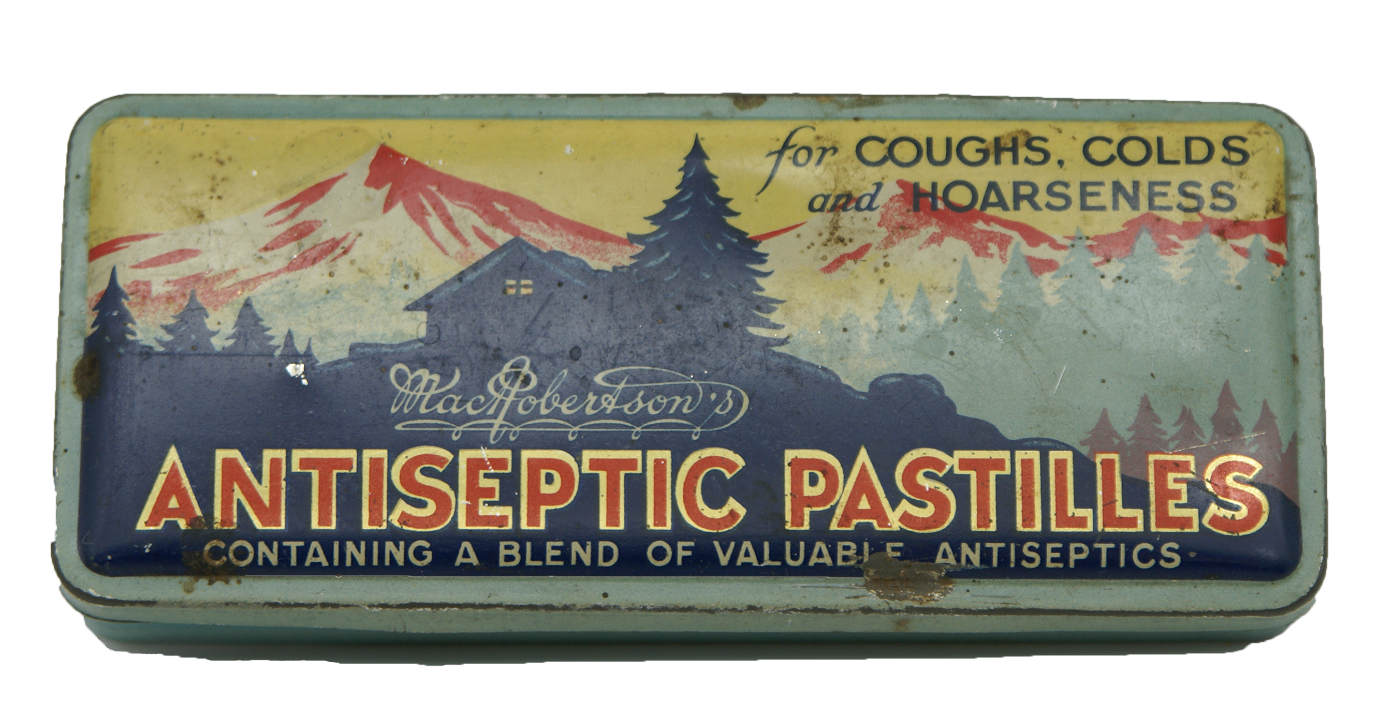
Antiseptic pastels tin. Self-medication for “coughs, colds and hoarseness” 2001.192